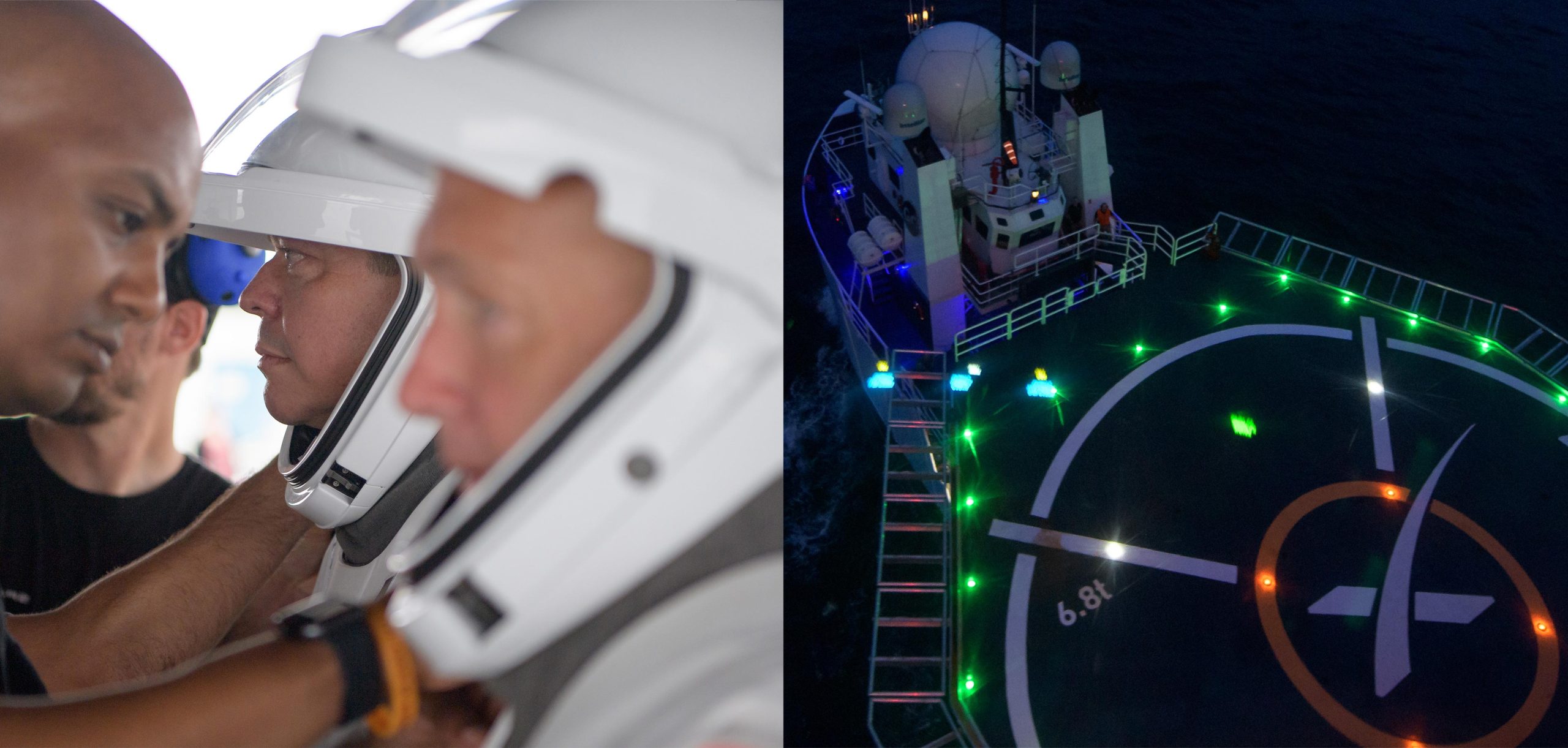
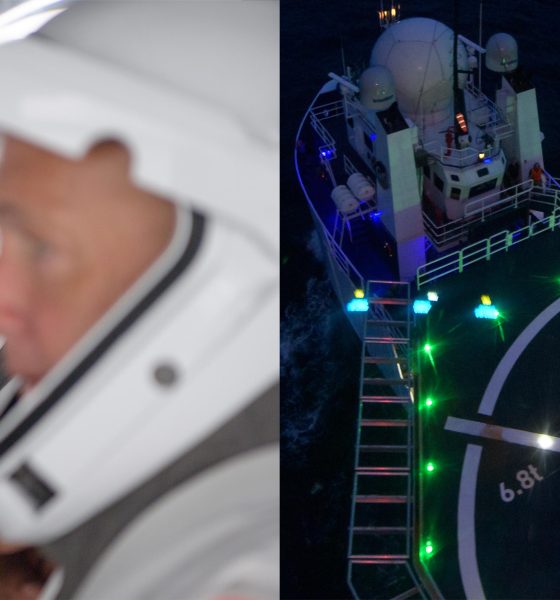
News
SpaceX, NASA practice astronaut recovery ahead of Crew Dragon’s crewed launch debut
SpaceX and NASA teams continue to prepare for Crew Dragon’s inaugural crewed launch (Demo-2) to the International Space Station (ISS) slated to possibly – but not likely – occur by year’s end.
On Tuesday, an official NASA Twitter account published images of teams from SpaceX and the space agency performing a full rehearsal of crew recovery and extraction procedures, including the duo of NASA astronauts scheduled to fly first on SpaceX’s next-generation spacecraft.
The rehearsal took place at the Trident Basin in Cape Canaveral, Florida aboard GO Searcher, one of two East Coast recovery vessels SpaceX uses for Crew Dragon recoveries.
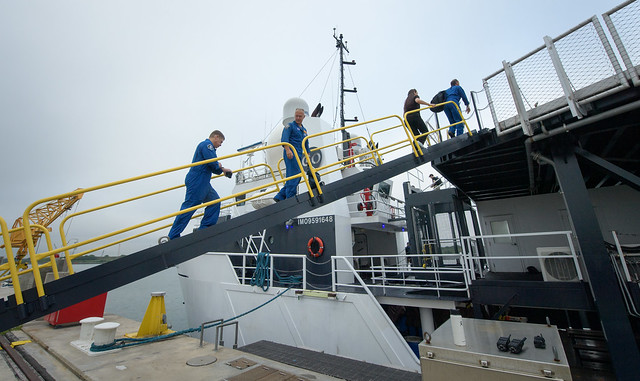
A high-fidelity mockup of Crew Dragon was used to better familiarize all members involved with the process of safely extricating astronauts from the SpaceX spacecraft. This is the first time that multiple SpaceX and NASA teams have fully integrated to work aboard the ship and simulate the recovery process. The teams practiced helping the astronauts exit the capsule and simulated receiving medical attention that may be necessary when in a hypothetical emergency return from the ISS.
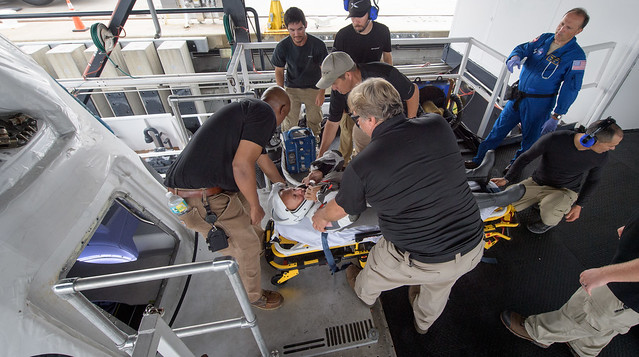
This practice run follows a recent full dress rehearsal of suit-up and pre-flight procedures that were conducted at SpaceX headquarters in Hawthorne, California. Following that dress rehearsal, SpaceflightNow.com reported that a newly installed slide wire emergency egress system was tested at Launch Pad 39A at Kennedy Space Center in Florida where the crewed DM-2 Mission will be launching from.
Crew Dragon’s Demonstration Mission 1 (Demo-1) launch presented SpaceX with a full-fidelity opportunity to hone capsule retrieval practices, but SpaceX teams did not practice astronaut extraction from the capsule – Demo-1 flight was uncrewed aside from an Anthropomorphic Test Device (i.e. dummy) nicknamed Ripley. The rehearsal on Tuesday served as familiarization for teams to extract astronauts from the capsule once it has been recovered aboard GO Searcher while still docked.
On Thursday, August 15th, two days after the above capsule extraction rehearsal, NASA once more posted photos of GO Searcher-related rehearsal operations, this time involving a drill in which astronauts needed to be airlifted immediately to land-based medical facilities. According to local observers and confirmed by the official NASA photos, a helicopter did indeed land on GO Searcher’s dedicated helipad before quickly departing with medically sensitive cargo. Searcher has its own simple medical facilities onboard but they are only capable of dealing with fairly routine concerns, focused primarily on aiding astronauts who are going from half a year in microgravity to full Earth gravity.
While there are still many milestones to get through before Crew Dragon can take flight for the second time, these numerous rehearsals of critical launch and recovery procedures are incredibly important, helping SpaceX and NASA teams hone their working relationship as both prepare to enter a new stage of the Commercial Crew Program. Demo-1 astronaut Col. Bob Behnken summarized it nicely, stating that, “each of these exercises puts us one step closer to fulfilling NASA’s mission of returning astronauts to the International Space Station from U.S. soil.”
Check out Teslarati’s Marketplace! We offer Tesla accessories, including for the Tesla Cybertruck and Tesla Model 3.

News
Tesla begins Holiday Update rollout with some surprise features
On Monday, just a few days after Tesla first announced the Holiday Update, people started reporting that it was being deployed to owners.

Tesla has started the rollout of the 2025 Holiday Update, as several owners reported it had arrived in their cars via a software update.
Tesla’s Holiday Update is rolling out as Software Version 2025.44.25.1, and includes several new features. We did an extensive breakdown of what was included in another article, but we’ll list the new additions below:
- Grok with Navigation Commands (Beta) – Grok will now add and edit destinations.
- Tesla Photobooth – Take pictures inside your car using the cabin-facing camera
- Dog Mode Live Activity – Check on your four-legged friend on your phone through periodic snapshots taken of the cabin
- Dashcam Viewer Update – Includes new metrics, like steering wheel angle, speed, and more
- Santa Mode – New graphics, trees, and a lock chime
- Light Show Update – Addition of Jingle Rush light show
- Custom Wraps and License Plates – Colorizer now allows you to customize your vehicle even further, with custom patterns, license plates, and tint
- Navigation Improvements – Easier layout and setup
- Supercharger Site Map – Starting at 18 pilot locations, a 3D view of the Supercharger you’re visiting will be available
- Automatic Carpool Lane Routing – Navigation will utilize carpool lanes if enabled
- Phone Left Behind Chime – Your car will now tell you if you left a phone inside
- Charge Limit Per Location – Set a charge limit for each location
- ISS Docking Simulator – New game
- Additional Improvements – Turn off wireless charging pad, Spotify improvements, Rainbow Rave Cave, Lock Sound TRON addition
On Monday, just a few days after Tesla first announced the Holiday Update, people started reporting that it was being deployed to owners.
We noticed a new Tesla software update 2025.44.25.1 on a Model Y AWD LR (2022) in Florida, United States. View the rollout of this update here: https://t.co/rPqISQaNkM
— Teslascope (@teslascope) December 8, 2025
It seems the release is a bit of an apology to a particular group, as it has only made its way to Hardware 3 vehicles, particularly the ones using the AMD Ryzen chip.
Tesla has excluded FSD-purchased and subscribed vehicles that are utilizing Hardware 3, so it seems there is a strategy to this limited rollout.
Two Surprise Additions
Tesla has added two additional features with the Holiday Update, which include a new Storage Space for Dashcam feature that shows how much space you have used and remaining on your USB drive.
Additionally, Tesla gamified Supercharging with a new “Charging Passport” feature, which we reported on earlier today.
News
Tesla announces major milestone at Gigafactory Shanghai
First deliveries started in December 2019, with the first units being given to employees. By the end of 2020, the plant was building cars at a run rate of around 150,000 vehicles annually.
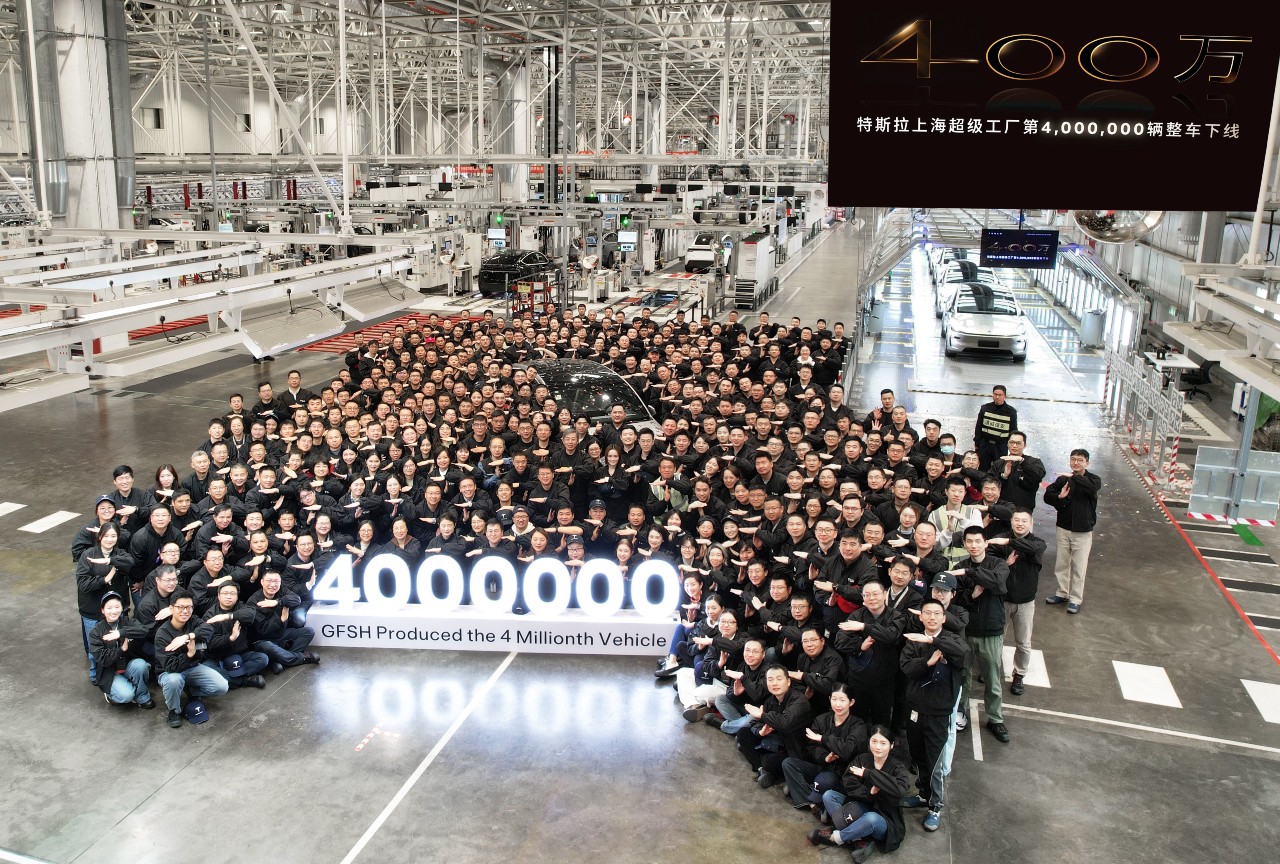
Tesla has announced a major milestone at its Chinese manufacturing facility, Gigafactory Shanghai, confirming on Monday that it had built its four millionth vehicle.
Tesla Gigafactory Shanghai first started building cars back in October 2019 with Model 3 assembly, just ten months after the company broke ground on the plant’s 86-hectare piece of land.
First deliveries started in December 2019, with the first units being given to employees. By the end of 2020, the plant was building cars at a run rate of around 150,000 vehicles annually. Production continued to ramp up, and by September 2023, less than three years after it started building Tesla’s EVs, it had built its two millionth vehicle.
Fast forward to December 2025, and Tesla has confirmed that four million cars have rolled off of production lines at the plant, a major milestone in the six short years it has been active:
Produced our 4 millionth vehicle at Gigafactory Shanghai🎉
Thanks to all our owners and supporters❤️ pic.twitter.com/DayVXUr220— Tesla Asia (@Tesla_Asia) December 8, 2025
The capacity at Giga Shanghai is exceeding 950,000 vehicles per year, and this year, the company has delivered 675,000 cars through the first three quarters. It is also the only plant to manufacture the Model Y L, a longer wheel-based configuration of the all-electric crossover that is exclusive to the Chinese market.
Gigafactory Shanghai’s four million cars have not all stayed within the domestic market, either. For a considerable period, the factory was exporting a significant portion of its monthly production to Europe, helping Gigafactory Berlin supplement some Model Y volume and all of its Model 3 deliveries. This is due to the Berlin plant’s exclusive production plans for the Model 3.
The site is one of the most crucial in the company’s global plans, and Gigafactory Shanghai’s incredible pace, which has led to four million production units in just about six years. It’s fair to say that it won’t be long until we’re seeing Tesla celebrate the plant’s five millionth vehicle produced, which should happen sometime late next year or in early 2027, based on its current manufacturing pace.
The company also builds the Megapack on the property in an adjacent Megafactory.
News
Tesla gamifies Supercharging with new ‘Charging Passport’
It will also include things like badges for special charging spots, among other metrics that will show all of the different places people have traveled to plug in for range.
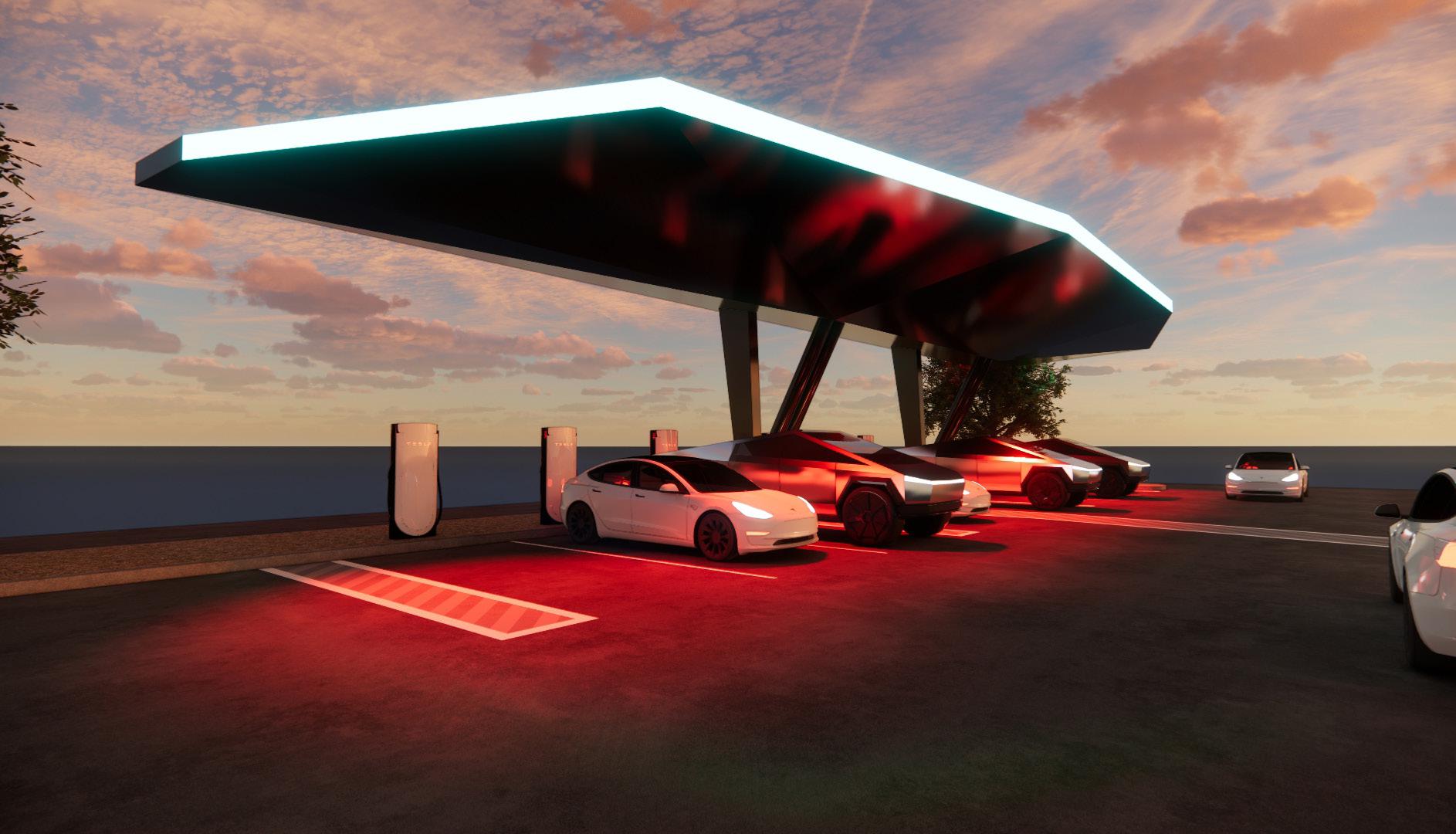
Tesla is gamifying its Supercharging experience by offering a new “Charging Passport,” hoping to add a new layer to the ownership experience.
While it is not part of the Holiday Update, it is rolling out around the same time and offers a handful of cool new features.
Tesla’s Charging Passport will be available within the smartphone app and will give a yearly summary of your charging experience, helping encapsulate your travel for that year.
It will also include things like badges for special charging spots, among other metrics that will show all of the different places people have traveled to plug in for range.
Tesla has just introduced “Charging Passport,” a new yearly summary of your charging.
• Charging badges: Iconic Charging badge (for visiting places like the Tesla Diner, Oasis Supercharger, etc), Explorer badge, green saver badge, etc.
• Total unique Superchargers visited
•… pic.twitter.com/c1DHTWXpj7— Sawyer Merritt (@SawyerMerritt) December 8, 2025
Tesla will include the following metrics within the new Charging Passport option within the Tesla app:
- Charging badges: Iconic charging badges for visiting places like the Tesla Diner, Oasis Supercharger, etc., Explorer Badge, and more
- Total Unique Superchargers Visited
- Total Charging Sessions
- Total Miles Added during Charging Sessions
- Top Charging Day
- Longest Trip
- Favorite Charging Locations
This will give people a unique way to see their travels throughout the year, and although it is not necessarily something that is needed or adds any genuine value, it is something that many owners will like to look back on. After all, things like Spotify Wrapped and Apple Music Replay have been a great way for people to see what music they listened to throughout the year.
This is essentially Tesla’s version of that.
With a handful of unique Superchargers already active, Tesla is also building some new ones, like a UFO-inspired location in New Mexico, near Roswell.
Tesla is building a new UFO-inspired Supercharger in the heart of Alien country








